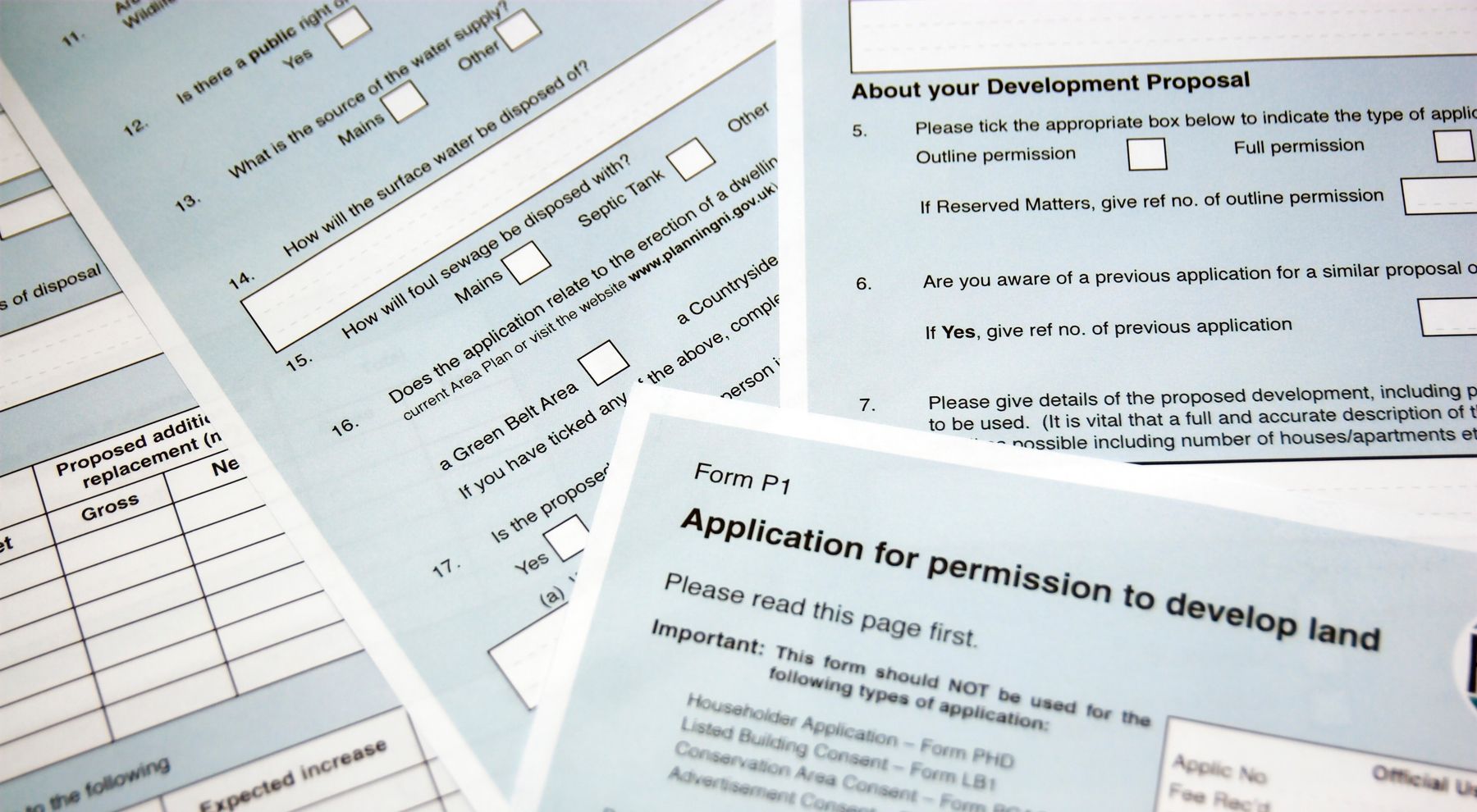Guideto party Wall Matters: Resolving Disputes

The chances are when you are carrying out some building work, you may be likely to affect your neighbours. However you are going to be covered by the Party Wall etc Act 1996. This is a piece of legislation that provides you with protection (and to all parties involved) and is intended to enable the works to be undertaken. In the event of non-cooperation from your neighbour or disagreement, party wall surveyors might agree on how the works should be done, including necessary protection measures and rectification of any damage. The purpose of the act is to prevent litigation by dealing with any problems which arise upfront.
So with this in mind, here in this blog, we outline to you everything you need to understand about third party wall matters, and how they are often resolved.
The Party Wall etc Act 1996 offers a procedure to be followed when building work involves a party wall or party fence wall, some excavations near to neighbouring buildings, and new walls at boundaries. The Act allows owners to carry out various works, this includes work to the full thickness of a party wall, whilst at the same time protecting the interests of any other individuals who may be affected by that work. The Act is created to avoid or minimise disputes by making sure property owners notify their neighbours in advance of certain proposed works.
The Act provides a mechanism for resolving disputes and allowing works to go ahead. It also requires that, where the adjoining owner does not ‘agree’ in writing to the works, a surveyor or surveyors will determine the time and way in which those works are done.
Party walls often separate buildings which belong to different owners but may include garden walls built astride a boundary – known as a party fence wall. Where a wall separates two different size buildings frequently only the part that is used by both properties is a party wall, the rest belongs to the person or persons on whose land it stands on. The “etc” part within The Party Wall etc Act 1996 is so included due to the provisions of the Act are not limited to party walls, they also include party structures as well as party fence walls.
There are various items of work which can only be carried out after notifying the adjoining owners and either receiving the written agreement of the neighbour or with a Party Wall Award prepared by a qualified surveyor.
●Cutting your way into a wall to take the bearing of a beam, a common example being, for a loft conversion
●Inserting a damp proof course, even if only on your own side of a party wall
●Raising a party wall and, if needs be, cutting off any objects preventing this from happening
●Taking down and rebuilding a party wall
●Underpinning a party wall or section of a party wall
●Weathering the junction of adjoining walls or buildings by cutting a flashing into the adjoining building
●Excavating foundations within a three-metre radius of a neighbour’s structure and lower than its foundations
●Excavating foundations within six metres of a neighbour’s structure and below a line drawn down at 45° from the bottom of the foundations
●Notices are also required if it is proposed to build a new wall on the line of junction, also referred to as a boundary line. A party wall surveyor will often be able to confirm which work is notifiable and advise the notice period and type of notice needed.
What is not covered by the Act?
The Act relates only to certain specific kinds of work and is permissive in its nature. It also needs to be seen as a method of objecting to or preventing specific works and it is not intended to be applied to minor jobs that do not impact the structural integrity or loading of a party wall. It is pretty much agreed that works such as fixing plug sockets, screwing in shelving or replastering walls are minor works and do not need a notice.
The workings of the Act are always instigated by the issuing notices. This is the first stage of the process and, without the issue of notices, no further action can be carried out under the provision of the Act. A written notice needs to be served on adjoining owners at a period of two months before starting any party wall works. One month for works to the line of junction or excavations and adjoining owners need to be served a notice. There are often going to be scenarios where there is more than one adjoining property and more than one owner of each property.
Valid notices need to contain the following
information as a minimum:
●The name and address of the building owner
●The nature and particulars of the proposed work including plans, sections and details of construction methods
●The date on which the proposed building work will take place
It is crucial to include the correct details on notice as, if they are seen as invalid, then any subsequent actions are also invalid.
On receipt of a notice, an adjoining owner had a few possible courses of action:
To agree to the works going ahead as described. A consenting Adjoining Owner keeps all rights under the Act including the right to appoint a surveyor later in the process if there is a dispute at this stage.
To dissent and appoint a surveyor. The Act allows the Owners to happen in the appointment of a single ‘Agreed’ surveyor or appoint their own surveyor.
You have to set out a counter-notice to set out certain conditions required for the benefit of the Adjoining Owner. The Counter Notice should set out what additional or modified work the Adjoining Owner would like to be included for their benefit. In most scenarios, if the adjoining does not respond within a two week period, then a deemed dispute is said to have happened and the person carrying out the work must appoint a surveyor to act on the adjoining owner’s behalf.
Simon Levy - We Can Support You With Party Wall Advice
Simon Levy is a highly experienced party wall consultant who has provided administration and expert witness services in a range of highly complex party wall disputes where a certain skill set and knowledge is required. Simon has further assisted in the working party responsible for preparation of the Parliamentary White Paper which would later become the Party Wall Etc. Act 1996, is based primarily on the London Building Acts (Amendment) Act 1939.
Need to make alterations to a party wall you share? You may want to consider that in the eyes of the law, you may be required to seek legal permission to make alterations to party walls. If you plan to build, amend, take out or extend a party wall, which tends to refer to a wall shared between two locations, or carry out certain excavations - you'll need a party wall surveyor to provide expert and impartial advice. It's essential to acknowledge the impact that such changes may have on the adjoining owner's property, particularly if the alterations could negatively affect the value or changes in dimensions. To find out more about how we can assist you, please contact us today, we’d be delighted to help.











